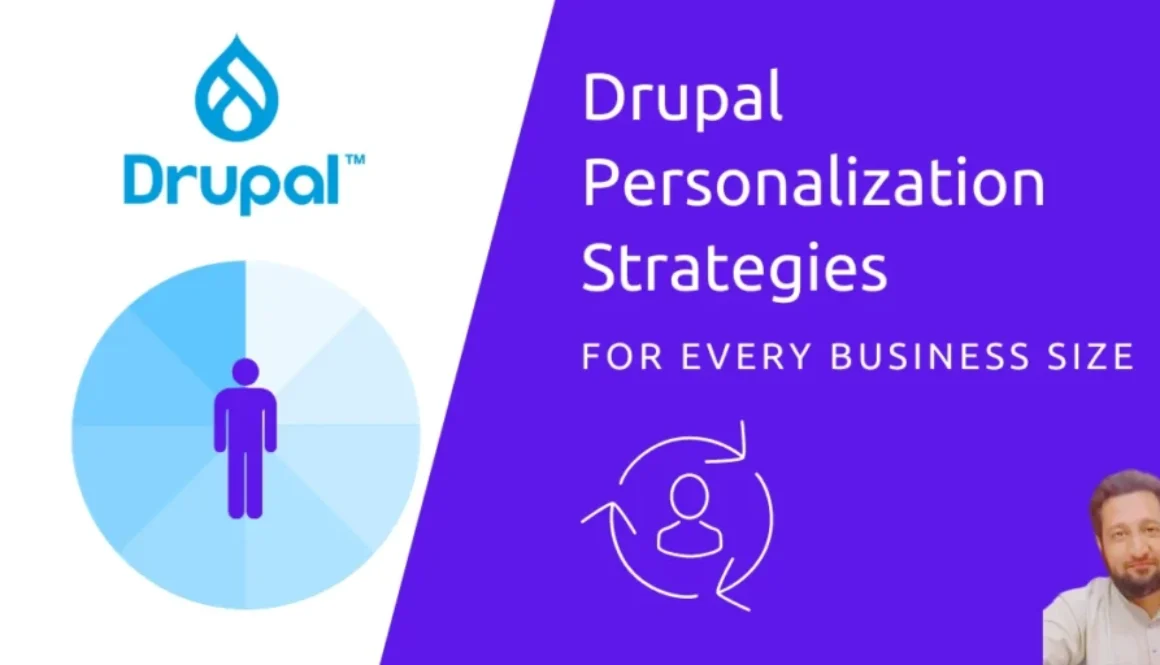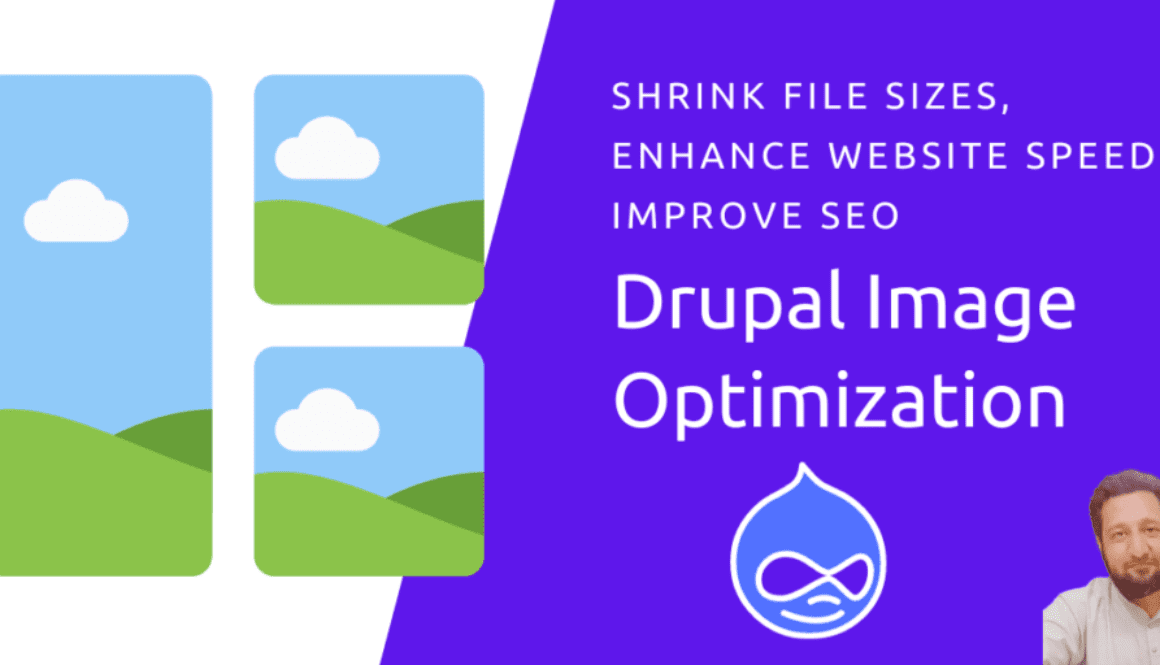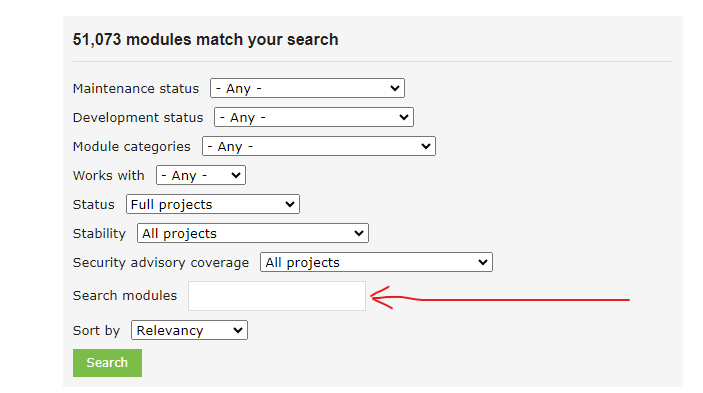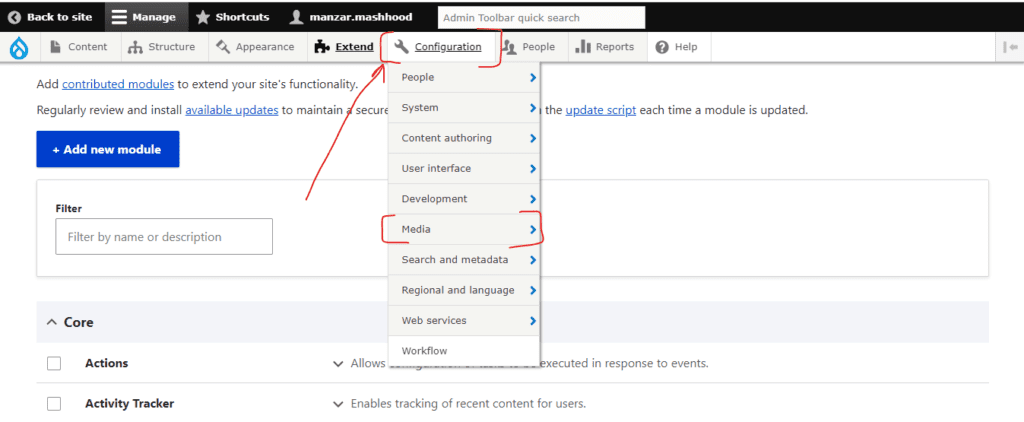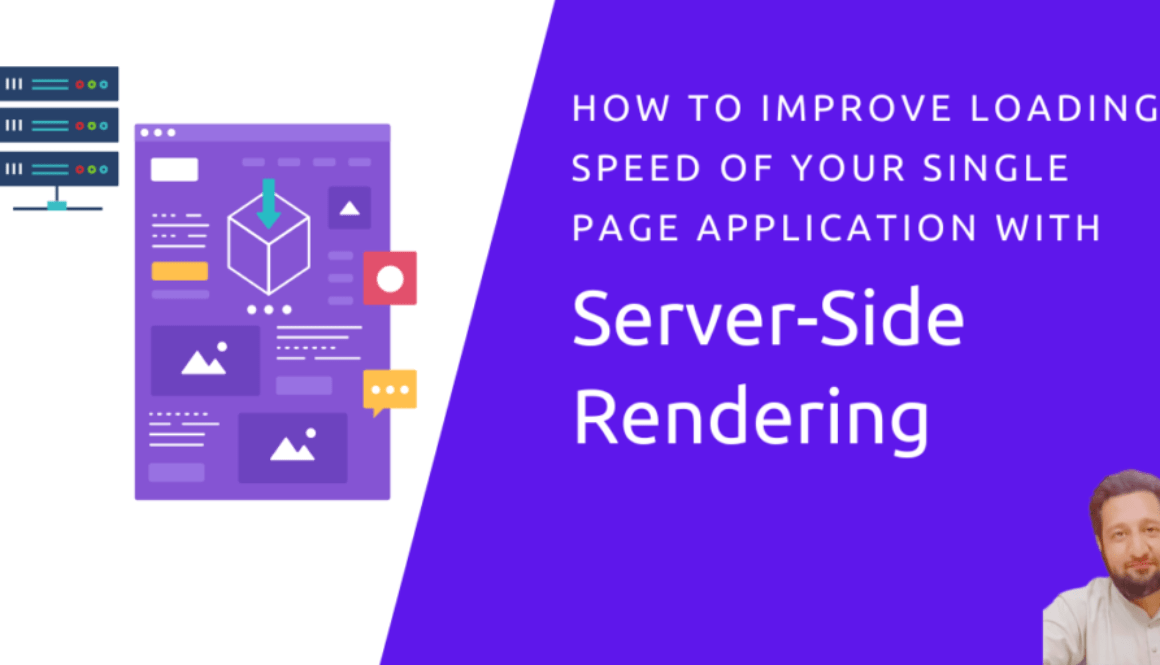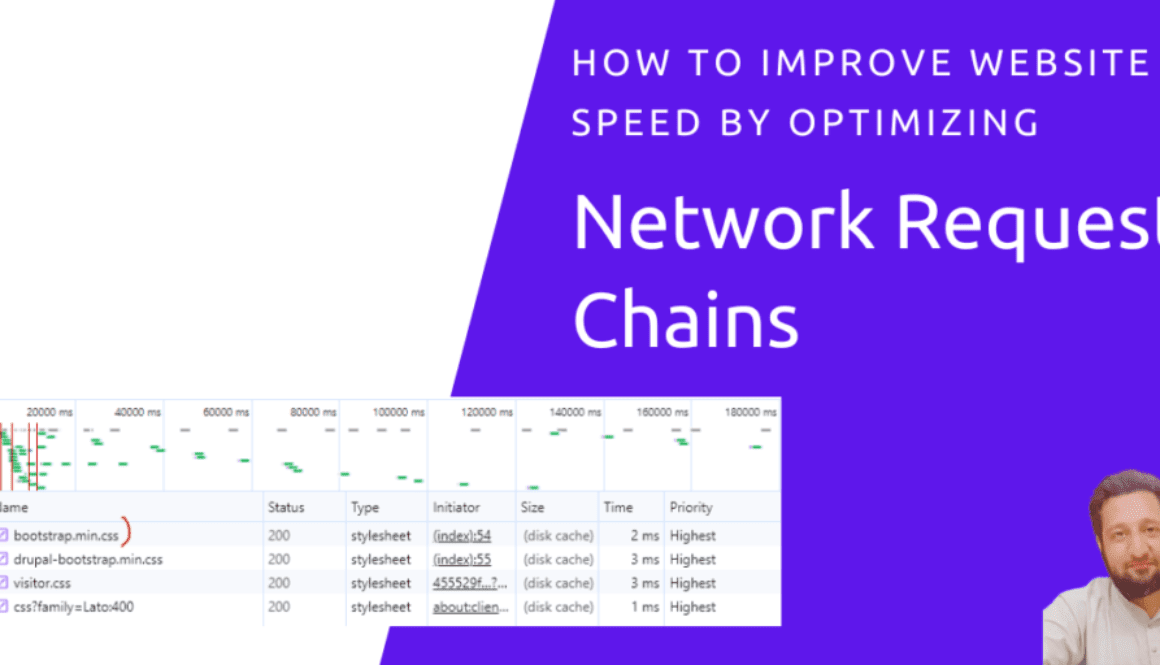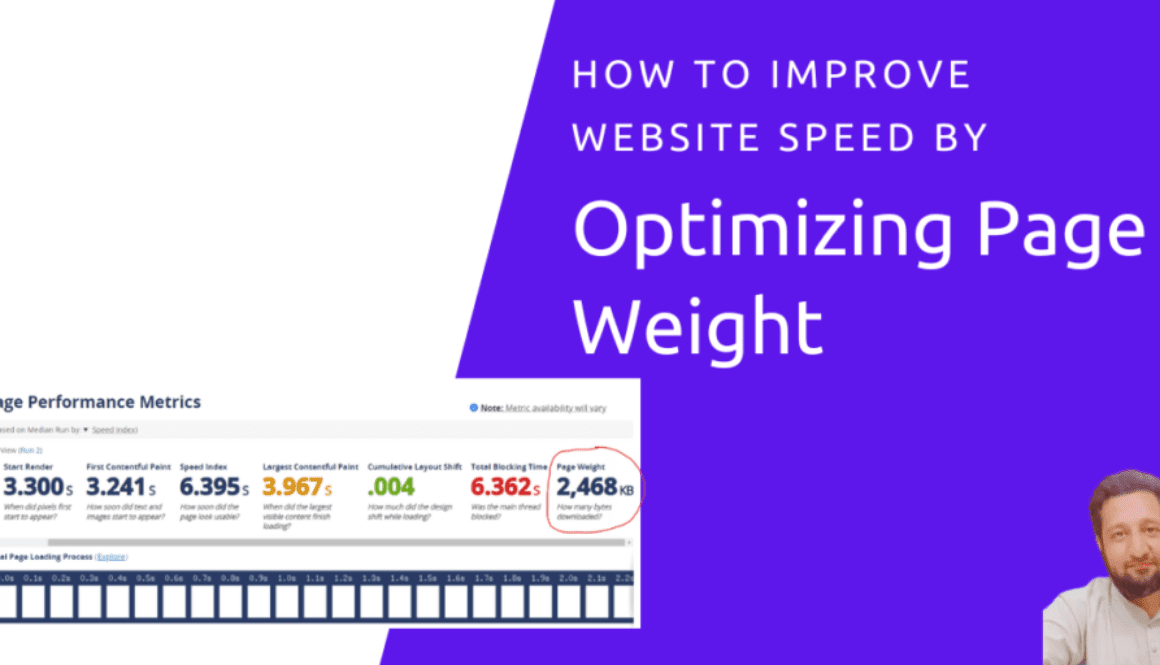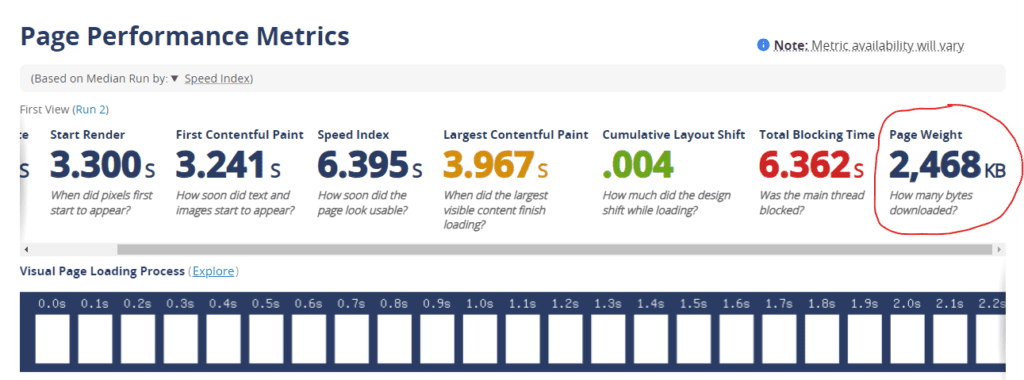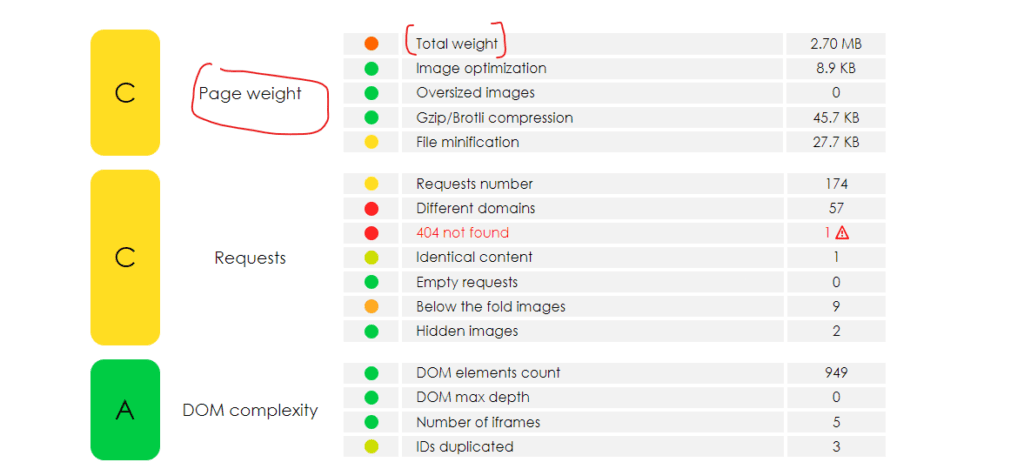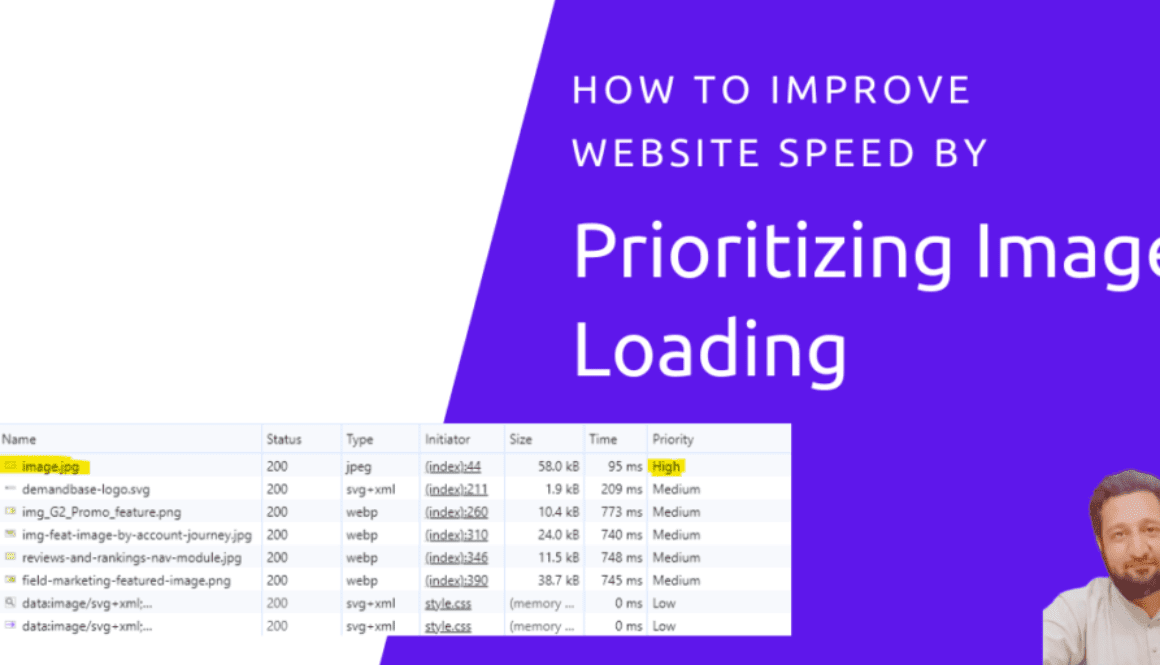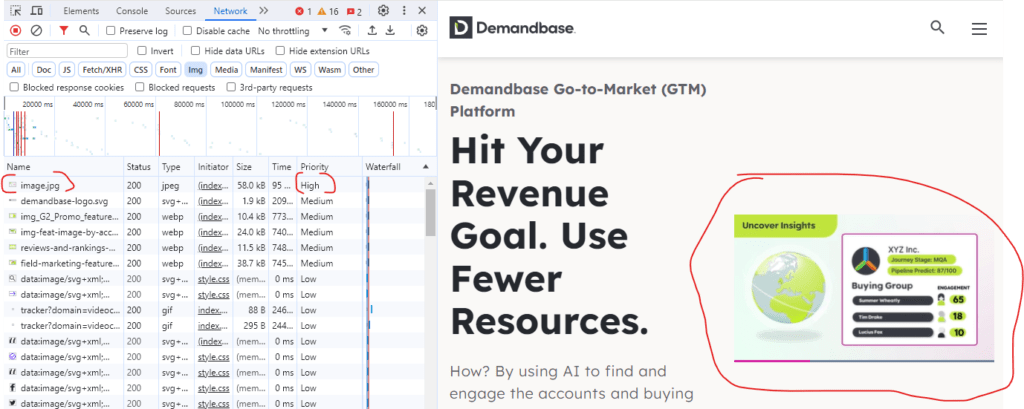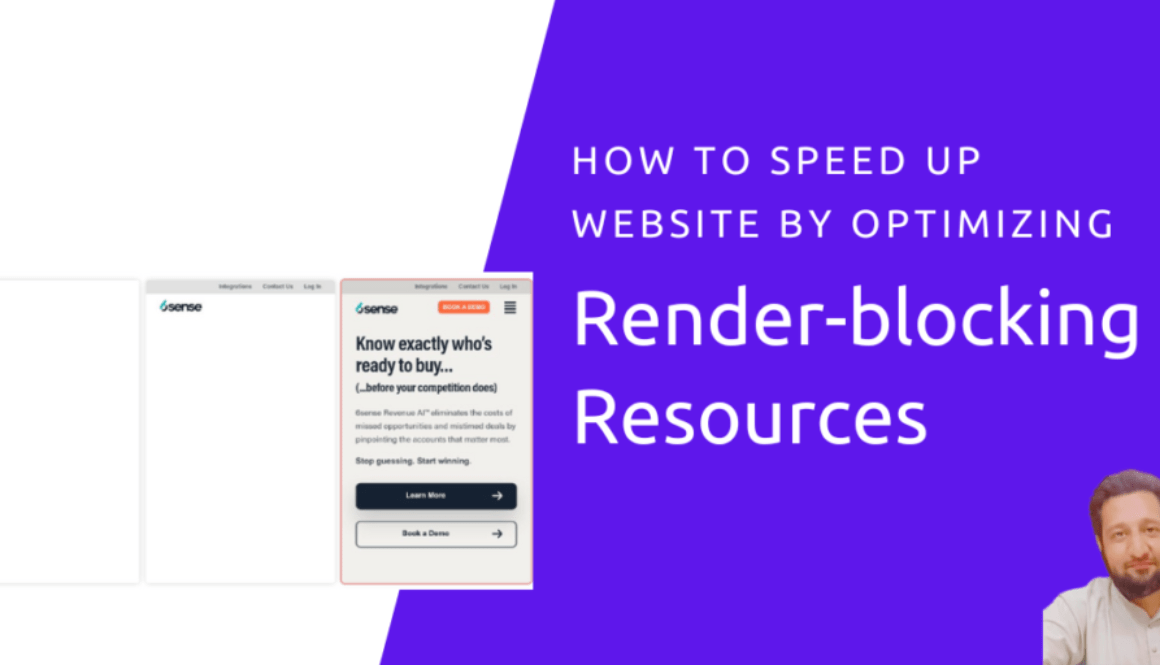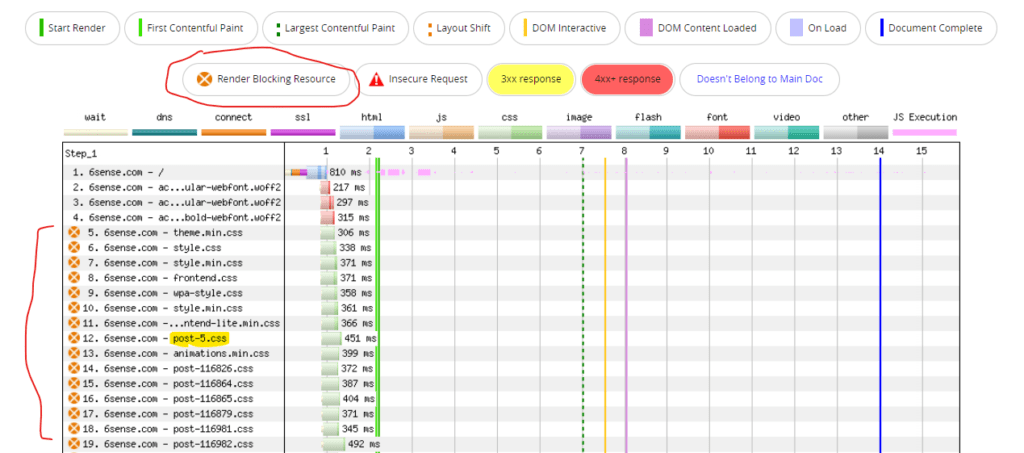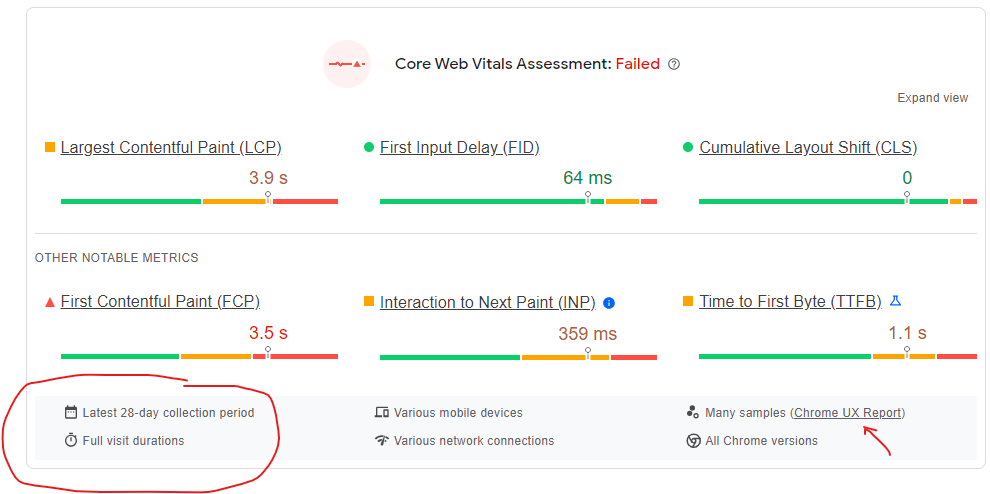Drupal Personalization Strategies for Every Business Size
What is Drupal Personalization?
As customers move online, they still crave a personal touch. But how do you offer that in an online, virtual world? Enter Drupal personalization! Whether you’re a small business or a large enterprise, Personalization capabilities in Drupal CMS lets you tailor your website to each visitor, showing them relevant products, offers, and content based on their interests. The benefits are clear: longer visits, better recommendations, and higher conversion rates. Whether you’re a seasoned pro or just exploring the idea, the Drupal personalization strategies I have covered in this blog post can help you build deeper connections with your prospects and customers, and skyrocket your online success.
What are the different ways to personalize website content in Drupal 10?
Drupal 10 transcends one-size-fits-all, generic content by crafting personalized visitor profiles based on 6 key factors discussed below. This data-driven approach allows Drupal websites to anticipate visitor needs and deliver the most relevant, helpful, and engaging information for each individual.
Geolocation

Imagine your website knowing where you are! Based on your city or country, Drupal can adjust content – showing local news in New York instead of Berlin, showcasing nearby events, or even highlighting products relevant to your region.
Browser History
Like a digital detective, Drupal remembers your past visits. If you spend time reading articles about mountain biking, expect to see related gear recommendations or trail suggestions pop up! It’s like your website tailoring experiences based on your interests.
Search
Ever typed something in the site search bar? Those keywords become clues for Drupal! It connects them to relevant content, so if you searched for “vegan recipes,” expect delicious plant-based options to take center stage. It’s like the website anticipating your next culinary adventure.
Behavior Taxonomy
Your actions speak volumes! Clicking on news, downloading ebooks, or interacting with specific features tells Drupal about your preferences. This builds a “taxonomy” of your behavior, letting the website curate content just for you, like suggesting similar news articles or recommending e-books you might enjoy.
Device Type
Mobile, tablet, or desktop – Drupal adapts! It knows how people interact with different devices and adjusts layouts, content snippets, and even navigation accordingly. So, expect a smooth, effortless experience regardless of how you access the website.
Drupal personalization for large enterprises
For large enterprises, especially B2B businesses, winning customers means navigating long, complex buying journeys. Stakeholders scrutinize big-ticket purchases, leading to multiple website visits as they research and compare options. This is where Drupal 10 shines. Its powerful personalization capabilities learn from each visit, building a deeper understanding of each potential customer. When your customers are high-stakes decision-makers with lengthy buying journeys, personalized experiences aren’t just a bonus – they’re a game-changer. Acquia Personalization (formerly Acquia Lift)
Acquia Personalization (formerly Acquia Lift)
Acquia Personalization, formerly known as Acquia Lift, helps large organizations set up marketing funnels that feel like a guided tour, leading them effortlessly towards a satisfying conversion that Sales will love. It seamlessly integrates with existing data sources like your CRM, Marketing Automation Platform (MAP) and Account based Marketing (ABM) Platform. These platforms hold a treasure trove of customer data.
Acquia Personalization with its seamless integrations, unlocks these riches, feeding granular insights into personalized visitor profiles. This deep understanding allows for dynamic content adjustments, targeted promotional offers, and personalized recommendations that feel eerily relevant.
Acquia Personalization offers numerous features such as:
- Easy-to-use interface: You don’t need to know any code to use it.
- Audience segmentation: Divide your visitors into groups based on their interests and behavior.
- Content personalization: Show different content to different groups of people.
- A/B testing: Test different versions of your website to see what works best.
- Machine learning: Use AI to predict what people will want to see next.
- Integration with other Acquia products: Works seamlessly with other tools you might be using.
Drupal personalization for small and medium sized businesses
Drupal 10 has revolutionized web content personalization, making it more accessible and affordable for small and medium-sized businesses to compete with larger organizations on an equal footing. In Drupal 10, the ‘Smart Content’ module takes the spotlight for its exceptional personalization capabilities for SMBs.
Smart Content Module
Smart Content personalizes your Drupal 10 website for different visitors in real time, even if they’re not logged in. It shows different content based on factors like their browser, device, language, or whether they’ve visited before. It works by using “conditions” to decide what content to show. For example, you could create a condition to show a special offer to visitors who are using a mobile device. Smart Content targets content based on data from external services like Demandbase or 6sense.
The Smart Content module works simply by creating “Smart Blocks” and placing them on your website pages. These blocks can contain different versions of content. Then website managers or admins can set up “conditions” to decide which version of the content to show in each block. Once those conditions are set live, Smart Content will automatically check the conditions for each visitor and show the appropriate content.
By tailoring content to visitors’ preferences, small and medium-sized businesses can simplify buying journeys of their potential customers, reducing decision fatigue and encouraging actions like purchases or subscriptions.
6 Drupal Personalization Strategies for smooth buying journey down the marketing funnel
Anonymous Targeting
Capture visitors’ attention at first click using browser conditions, location, or even data from third-party sources. Imagine showcasing localized content or promoting relevant landing pages based on the visitor’s region. This initial spark of personalization sets the stage for a more engaging experience.
UTM Targeting
For targeted campaigns, harness the power of UTM strings. Craft unique experiences for visitors arriving from specific marketing channels. Picture automatically displaying call-to-actions optimized for paid search users or showcasing relevant case studies for those coming from an industry publication.
Micro Surveys/User Inputs
Nudge visitors to share their preferences with one-question surveys or interactive “vote CTAs.” This progressive profiling builds a richer understanding of their interests, allowing you to dynamically adjust content and offers, moving them further down the funnel with every step.
A/B Testing
Forget bloated external tools! Drupal’s built-in A/B testing lets you seamlessly experiment with different headlines, layouts, and CTAs. Discover what resonates best with your audience and personalize your website based on data-driven insights, ensuring every element is optimized for conversion.
Customer 360 Data Tracking
Take personalized experiences to the next level by leveraging Acquia Profile Manager or external data platforms. Unify data from various sources to create a holistic picture of your visitors. Imagine dynamically adjusting content based on past purchases, website behavior, or CRM data, delivering tailor-made experiences that feel truly personal.
GA4 Integration
Stay informed and optimize your personalization efforts with seamless Google Analytics 4 integration. Track campaign performance and user behavior directly within Drupal. Use these insights to refine your strategies, ensuring each personalization element drives maximum impact and guides visitors effortlessly towards your desired goal.
Case Studies: Drupal Personalization Strategies
Vivint
Vivint wanted a personalized experience for potential smart home customers. They created a quiz-style microsite that recommends products based on user responses. The questions were carefully chosen to identify a user’s needs and pain points. Based on the answers, users were categorized into one of four personas: Prevent, Restore, Conserve, or Convenience. Each persona received a personalized results page with a recommended smart home kit and supporting content like videos and testimonials. The results page also considered the user’s location, displaying insights about potential energy savings and local Vivint users.
This personalized approach aimed to educate customers and lead to more productive sales conversations. It avoided overwhelming users with too many choices and made them feel understood by addressing their specific needs.
Water Research Foundation
Water Research Foundation, a massive freshwater research hub, needed a website overhaul after merging with another organization. Their old website was clunky, disconnected, and scattered across multiple platforms.
The solution? A shiny new Drupal site hosted on Acquia Cloud, complete with personalized experiences using Acquia Lift. They streamlined content, integrated systems, and made everything searchable by key topics. Now, subscribers stay informed through “topic hubs” and tailored recommendations, leading to a 150% increase in returning visitors and a 10% overall content view boost. It’s a win-win for research and user experience!
9 Steps to Drupal Personalization
1. Define Goals and KPIs
Think of personalization like embarking on a journey. Before setting sail, you need to know where you’re going, right? For your Drupal 10 website, that means defining clear goals and Key Performance Indicators (KPIs). What do you want to achieve? Do you want to boost engagement, drive conversions, or nurture brand loyalty? Once you have these objectives in mind, establish measurable KPIs to track your progress. Aim to lower bounce rates, increase click-throughs, or raise conversion rates by specific percentages. With defined goals and measurable KPIs, you’ll be able to gauge the real impact of your personalization efforts.
2. Identify Key Audiences and Journeys
Start this step by finding answers to the following questions: Who are they? What do they want? Understand the demographics, interests, and online behavior of your visitors. Then, Understand their motivations and pain points.
Each visitor on your website has unique goals, backgrounds, and expectations. To personalize their experience effectively, you need to understand who they are. This involves identifying your key audiences – young professionals, seasoned veterans, budget-conscious buyers, etc. Then, map their distinct journeys: how they arrive at your site, what they’re looking for, and the potential roadblocks they might encounter.
By understanding your audience and their journeys, you can tailor content, offers, and calls to action that resonate with them. This level of personalization makes them feel like you’re speaking directly to their needs, creating a more engaging and satisfying experience.
3. Segmenting Users

Refine your understanding of users by drilling down further and grouping users within audiences based on specific criteria like browsing history, location, or device. This lets you personalize even more effectively. Then tailored their experiences by delivering content, offers, and calls to action that resonate with each segment. Imagine showing exclusive deals to loyal customers or highlighting relevant blog posts to tech-savvy visitors. Or showing targeted product recommendations to returning customers versus offering beginner guides to first-time visitors.
4. Identifying Key Challenges
This step involves identifying key challenges that could hinder your success.
Data Collection and Integration:
- Gathering and unifying data from multiple sources (CRM, analytics, etc.) can be complex.
- Ensure your systems effectively communicate and share insights.
Technology Limitations:
- Your existing CMS or personalization tools might have constraints.
- Assess their capabilities and consider upgrades or integrations if needed.
Resource Constraints:
- Personalization often requires dedicated teams and expertise.
- Evaluate your resources and allocate them strategically.
Organizational Alignment:
- Secure buy-in from different departments to ensure a cohesive approach.
- Foster collaboration and communication across teams.
Privacy and Compliance:
- Respect user privacy and adhere to data protection regulations (e.g., GDPR, CCPA).
- Implement transparent data collection practices and obtain consent.
5. Defining the Scope of Your Personalization Project
Just like any journey, your Drupal 10 personalization adventure needs a well-defined map. Step 5 is all about scoping your project, determining its boundaries and limitations. This serves as your roadmap, guiding your efforts and ensuring focus.
Benefits of scoping your Drupal web content personalization project?
Focus and Efficiency
Clearly defining the project’s scope prevents you from spreading yourself too thin and allows for efficient resource allocation.
Realistic Expectations
Establishing boundaries helps you set achievable goals and manage expectations within your team and with stakeholders.
Phased Implementation
You can break down the project into manageable phases, allowing for iterative development and adjustments based on real-world data and feedback.
What to consider when defining scope:
- Specific Goals: What are you aiming to achieve? Increased engagement, higher conversion rates, or brand loyalty?
- Target Audience: Who are you personalizing for? Segmenting your audience can inform the scope of your efforts.
- Available Resources: Take into account your budget, team size, and technical capabilities.
- Timeline and Milestones: Set realistic deadlines and milestones to keep the project on track.
6. Defining Success Criteria for Your Personalization Project
Imagine triumphantly raising the Jolly Roger on your Drupal 10 personalization ship, signifying victory! But how do you know you’ve truly conquered the high seas of engagement and conversions? That’s where defining success criteria comes in.
Success criteria are your treasure map, guiding you towards measuring the impact of your efforts. They’re the metrics you’ll use to gauge how effective your personalization strategies are in achieving your initial goals.
Why define success criteria?
Track Progress and Adjust
By having clear benchmarks, you can monitor your progress, identify what’s working, and course-correct if needed.
Demonstrate Value
Quantifiable results provide evidence of the success of your personalization project, justifying investments and securing future buy-in.
Celebrate Achievements
Reaching milestones motivates your team and fuels continued momentum.
What to consider when defining success criteria:
- Align with Goals: Ensure your criteria directly link to your initial objectives (e.g., increased engagement = higher bounce rate reduction).
- Quantifiable Metrics: Choose measurable metrics like conversion rates, click-throughs, time spent on site, or even positive customer feedback.
- Realistic Targets: Set achievable goals that stretch your team but remain grounded in reality.
- Regular Tracking: Establish a monitoring schedule to stay updated on your progress and make adjustments as needed.
7. Preparing Content for Personalized Experiences
With your course plotted, challenges identified, and goals set, it’s time to prepare the fuel that will take your Drupal 10 personalization ship forward: content tailored to individual user needs and preferences.
Relevance is Key
Generic content won’t resonate with everyone. Personalized content speaks directly to each user’s interests, increasing engagement and conversions.
Dynamic Delivery
The ability to dynamically deliver different content based on user data is vital for effective personalization. Drupal 10’s flexibility makes this possible.
Variety and Depth
Cater to diverse user needs with a variety of content formats. Blog posts, videos, product recommendations, and custom landing pages can all be personalized.
What to consider when preparing content Drupal personalization strategies:
- User Personas: Develop detailed profiles of your target audiences, understanding their motivations, goals, and preferred content formats.
- Content Mapping: Align your content with different user journeys and touchpoints on your website. Think about what each audience needs at each stage.
- Personalization Triggers: Identify data points or user behaviors that trigger the delivery of specific content. For example, showing recent purchase recommendations after a user completes a transaction.
- A/B Testing: Don’t rely on assumptions! Test different content variations and personalization rules to see what resonates best with your audience.
8. Planning and Execution of Personalization Campaigns
Forget one-man-show personalization! Before planning your next website personalization campaign, involve as many stakeholders as possible. Don’t just rely on marketing’s ideas – tap into the goldmine of insights from departments like sales and customer service, who are on the frontlines hearing all about your audience’s needs and frustrations.
Listen actively to their feedback when planning and executing your campaign triggers, rules, and content. What questions do customers ask most? What are their common struggles? Use this intel to craft personalized experiences that address their pain points directly. Think of it as a team effort to truly understand your audience and deliver experiences that resonate.
9. Test, Report, and Iterate
Just like any intrepid seafaring captain, a successful Drupal 10 personalization navigator knows the value of constant course correction. That’s where step 9, testing and iteration, comes in. This critical final stage involves using A/B and multivariate testing methods to continuously hone your personalization strategies.
Think of these tests as mini-voyages on your personalization map. You experiment with different content tweaks, layout variations, and call-to-action formats, meticulously comparing their impact on your pre-defined success criteria. A/B testing pits two versions against each other, while multivariate testing allows you to test multiple variables simultaneously, giving you a deeper understanding of what truly resonates with your audience.
The benefits of this constant experimentation are immense. You’ll be able to identify what strategies are truly propelling your ship forward (increased engagement, higher conversions) and jettison those weighing you down (unproductive content, confusing layouts).
How Manmash Consulting Can Help in Your Drupal Personalization Strategies?
Skilled crew of Drupal developers, strategists and designers at Manmash Consulting will chart a course to tailor your Drupal website content to individual user preferences, boosting engagement and conversions. We are experienced in transforming any Drupal 10 website into a personalized digital experience, where every visitor feels seen, understood, and valued. You can contact Manzar Mashhood on his Whatsapp +923331200550 or send him a Linkedin connection request, or by filling out the form on our contact page.

